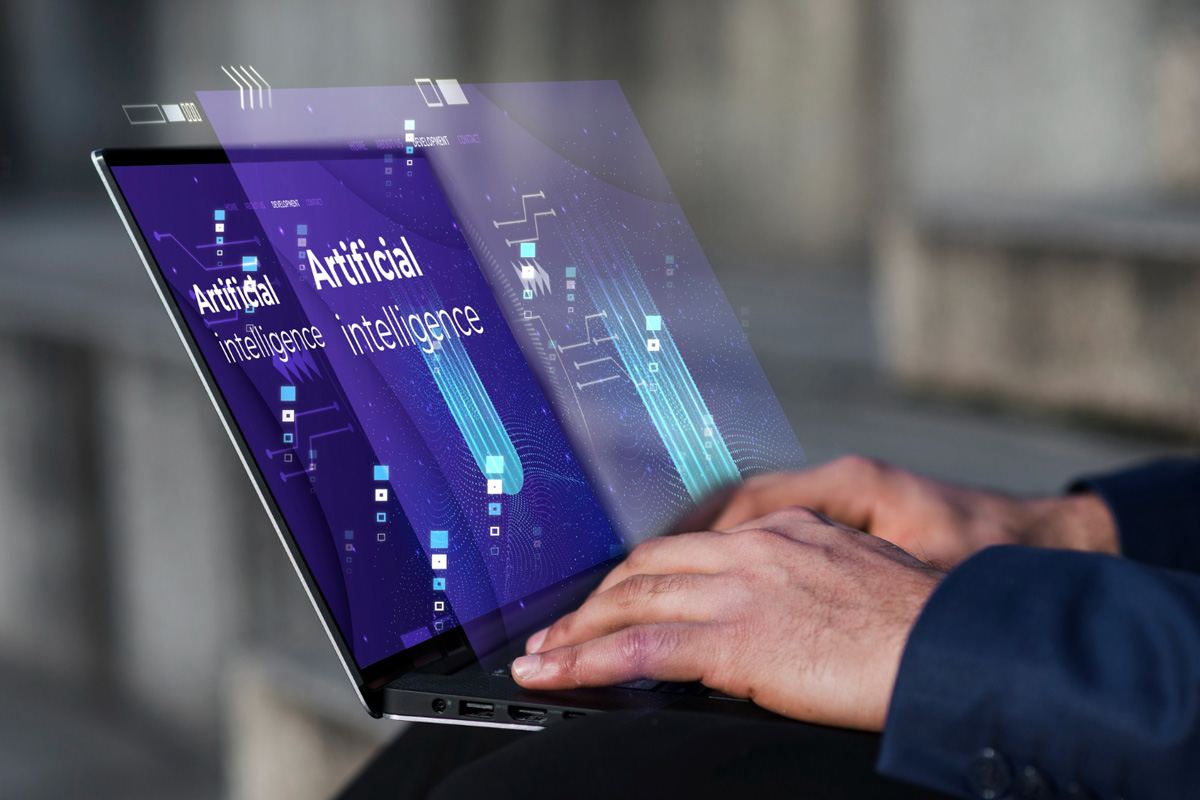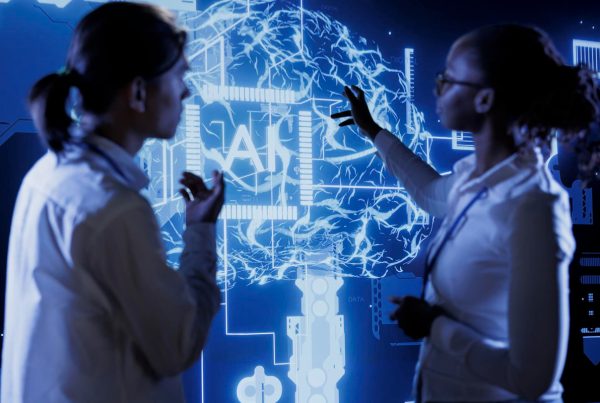Software development is a rapidly evolving field, continually shaped by technological advancements and changing business needs. As we look to the future, several key trends and technologies are set to redefine how software is developed, deployed, and maintained. Here are the most significant trends and technologies that will shape the future of software development.
1. Artificial Intelligence and Machine Learning
Artificial Intelligence (AI) and Machine Learning (ML) are transforming software development. These technologies enable the creation of intelligent applications that can learn and adapt over time. AI and ML are being used to automate coding tasks, identify bugs, and optimize performance. In the future, we can expect AI-driven development tools to become more sophisticated, significantly improving productivity and software quality.
2. Low-Code and No-Code Platforms
Low-code and no-code platforms are democratizing software development by allowing non-developers to create applications. These platforms provide visual interfaces and pre-built modules, making it easier to develop software without extensive coding knowledge. As these platforms become more advanced, they will enable faster development cycles and reduce the dependency on specialized developers, leading to greater innovation and efficiency.
3. DevOps and Continuous Delivery
DevOps practices and continuous delivery are becoming standard in software development, promoting collaboration between development and operations teams. These practices ensure that software is released in a more automated, reliable, and efficient manner. The future will see an increased focus on DevOps, with more sophisticated tools and processes that streamline development pipelines and reduce time to market.
4. Microservices Architecture
Microservices architecture is gaining popularity due to its scalability and flexibility. This approach involves breaking down applications into smaller, independent services that can be developed, deployed, and scaled individually. Microservices enable faster development cycles and easier maintenance. As the demand for scalable and resilient applications grows, microservices will become the default architecture for building complex software systems.
5. Blockchain Technology
Blockchain technology is making its way into software development, offering solutions for secure, transparent, and decentralized applications. Beyond cryptocurrencies, blockchain is being used in various industries for applications such as supply chain management, identity verification, and secure transactions. As blockchain technology matures, it will open up new possibilities for developing secure and decentralized software solutions.
6. Internet of Things (IoT)
The Internet of Things (IoT) is driving the development of connected applications that interact with a multitude of devices. IoT requires software that can handle vast amounts of data and provide real-time processing. The future will see more robust IoT platforms and frameworks that facilitate the development of scalable and secure IoT applications, integrating seamlessly with other technologies like AI and ML.
7. Quantum Computing
Quantum computing, although still in its early stages, has the potential to revolutionize software development. Quantum computers can solve complex problems much faster than classical computers, opening up new possibilities for cryptography, optimization, and simulation. As quantum computing technology advances, it will enable the development of software that can tackle previously unsolvable problems, leading to breakthroughs in various fields.
8. Edge Computing
Edge computing is becoming increasingly important as the need for real-time data processing grows. This technology involves processing data closer to its source, reducing latency and bandwidth usage. For software developers, edge computing offers new opportunities to create applications that are more responsive and efficient. The future will see more tools and frameworks designed to support edge computing, making it easier to develop distributed applications.
9. Augmented Reality (AR) and Virtual Reality (VR)
AR and VR technologies are transforming user experiences, creating immersive environments for various applications. From gaming and entertainment to training and simulation, AR and VR are being integrated into software development to provide more engaging and interactive experiences. As these technologies advance, they will become more accessible and widely adopted, leading to innovative applications across different industries.
10. Cybersecurity
As software becomes more complex and interconnected, cybersecurity remains a critical concern. The future of software development will focus heavily on integrating security into every stage of the development lifecycle. This involves adopting practices like DevSecOps, where security is a shared responsibility across development and operations teams. Advanced security tools and frameworks will be essential to protect applications from emerging threats.
Conclusion
The future of software development is bright, driven by rapid advancements in technology and evolving business needs. AI, low-code platforms, DevOps, microservices, blockchain, IoT, quantum computing, edge computing, AR/VR, and cybersecurity are some of the key trends and technologies that will shape the next generation of software. By staying abreast of these trends, developers and businesses can harness the power of innovation to create software that is more efficient, secure, and impactful.




